By Eric Niderost
In late June 1798, a French expeditionary force plied the Mediterranean, seen by fishing and trading vessels but its destination known only to a very few. On June 25th it approached the island of Crete, but neglected landfall, keeping to sea. The convoy was searching for a wind, the fabled meltemi, and was not disappointed in its quest. Soon the meltemi’s steady gusts were blowing the heavily laden ships to Egypt, the ultimate goal of the expedition.
“The Sea Was Covered For Miles With Ships of All Sizes”
The French convoy was a splendid sight, something that would forever remain in the memories of those privileged to witness its stately passage. Two-hundred-and-eighty troop transports, 13 ships of the line, and a scattering of frigates and attendant vessels rolled and swayed together on the sea. Collectively the convoy was like an island, a moving, manmade island of oak, fir, hemp and canvas. One awed observer recorded that “the sea was covered for miles with ships of all sizes whose masts resembled a huge forest.”
Indeed, hundreds of masts spiked the sky, and spars creaked and groaned as the wind filled the straining sails. Aboard the transports some 38,000 soldiers of the Armee de l’Orient—the Army of the Orient—were packed into damp, evil-smelling holds like blue-coated sardines. To while away the interminable hours, they gambled, sang patriotic songs, or simply wallowed in the gut-wrenching agonies of seasickness.
The ships also carried 60 field guns, 40 siege cannon, 1,200 horses, and a large contingent of civilians. Perhaps as many as three hundred women were aboard; some “authorized” females like laundresses, but many more disguised stowaways. Probably the most interesting passengers were the members of the Commission on the Sciences and the Arts, over 160 strong. There were cartographers, surveyors and civil engineers, but also distinguished scientists like the mathematician Garpard Monge. Artists, architects and antiquarians (roughly today’s archaeologists) were also aboard, men who would help found the science of modern Egyptology.
Napoleon’s Court on L’Orient
The flagship of the great armada was L’Orient, a powerful first rate (vaisseaux) of magnificent size and awesome power. Measuring some two hundred feet in length and 50 feet at the beam, the ship displaced about 3,500 tons and carried 124 guns. L’Orient’s cannon were mounted on three massive decks in a hull that rose high above the waterline like an oaken cliff.
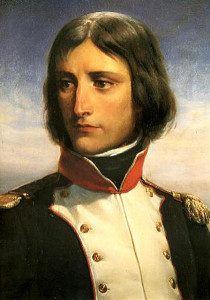
Ships like L’Orient were the era’s battleships, floating fortresses that were little better than floating gun platforms under canvas. Such vessels were not noted for their speed, but L’Orient was particularly overburdened and carried nearly double her normal complement of 1,100 men. Small mountains of baggage cluttered her decks, and the hold carried a small fortune in treasure. The reason for this last was that such a massive expedition needed funding. Some three million Swiss francs had been “appropriated” from French-occupied Switzerland. This was joined by seven million francs’ worth of gold, silver and statuary “liberated” from the island of Malta.
The commander-in-chief of the expedition, Gen. Napoleon Bonaparte, was also aboard L’Orient, holding court in his lavishly appointed , book-cluttered cabin in the stern of the vessel. At 28, Bonaparte was already famous for his brilliant Italian campaign against the Austrians in 17961797. Thin, almost scrawny, with a large head and a shock of unkempt hair, Bonaparte cut a poor figure, but outward appearances were deceiving.
Bonaparte was no mere soldier but an able administrator. The young general was a human dynamo, more elemental force of nature than mere mortal. He was nominally obeying the orders of the Directory, the corrupt French revolutionary government then in power, but in reality they merely rubberstamped a project he had instigated.
Somewhere in the Mediterranean an enemy British fleet under Adm. Sir Horatio Nelson was searching for the French, but Bonaparte seemed unconcerned. He was no fool, but he also had an almost superstitious faith in his destiny, or “star.” Bonaparte’s only qualms were physical, not mental: He was prone to seasickness. Most of the voyage he kept to his bed, which was fitted with coasters to compensate for the ship’s roll.
The Army of England Becomes the Army of the East
The Egyptian expedition had its immediate origins in the spring and summer of 1797. Bonaparte had expelled the Austrians from northern Italy, and a peace would be signed at Campo Formio that fall. General Bonaparte was basking in a new-won fame, but with the coming of peace he would be just another underemployed—or unemployed—army officer.
Peace with Austria meant the French Republic was supreme in western Europe, but Great Britain remained an implacable enemy. Britain would have to be invaded to be subdued, but that would mean a seaborne invasion. Britain’s Royal Navy ruled the seas, so the French would have to gain mastery of the English Channel before an army could be ferried across to the recalcitrant island. On January 29, 1798 Bonaparte confided to his secretary Bourrienne that “If the success of a descent on England appear doubtful, as I suspect it will, the Army of England shall become the Army of the East, and I will go to Egypt.”
Visits to Calais, Dunkirk and other ports told him what he wanted to know. The French fleet along the channel was woefully ill-prepared. “It [the proposed cross-channel invasion] is too great a chance,” Bonaparte concluded. “I will not hazard it.”
His ideas on Egypt and the east now took center stage. Bonaparte concluded, as he wrote in a letter of August 1797, “that the time is not far distant when we should see that, in order to destroy the power of England effectively, it should be necessary to attack Egypt.” The newly hatched scheme had, in fact, a long incubation. A French occupation of Egypt had been proposed as early as 1672, and in the 1770s the idea had resurfaced yet again. Nothing came of it, but French reports on Egypt made during this time provided vital information for Bonaparte.
Egypt: A Land of Wealth and Trade
Bonaparte’s Egyptian plans reflected the man himself, an amalgam of the cynical and idealistic, the hardheaded and romantic. The East was the land of wealth, the home of turbaned sheiks and the Arabian Nights. It was also the place where Alexander and Caesar had built solid military reputations.
On a more practical level, Egypt was astride the land trade routes to the Red Sea and India—and India, even in 1798, was fast becoming a “jewel” in England’s crown. Egypt, gift of the Nile, was a potentially rich country and if seized by a strong power might well dominate the Middle East. But above all, the idea of threatening British trade was an irresistible lure. If Britain’s main gate was bolted and barred, seizing Egypt might take Britain by the “back door.” The potential loss of India and eastern trade would be disastrous for an island kingdom that depended on sea commerce for its very existence.

On April 12, 1798 the Directory issued secret orders to General Bonaparte that followed the main outlines of his scheme. He was to occupy Egypt and make it a French colony, also taking the strategic Mediterranean island of Malta en route. Bonaparte was also to take British “possessions in the East” as far as he was able; a threat to India was clearly implied.
Egypt was ruled by the Mamlukes, a military caste in league with the ulama, the religious establishment, and rich merchants. Actually, Egypt was nominally a province of the Turkish Ottoman Empire, but the empire was weak and corrupt. By 1798 the Ottomans were in serious decline, but the odor of decay smelled sweet to the French government, because then Egypt might be seized with impunity. The French wished to keep good relations with Istanbul, so they would try to excuse their actions by claiming they were taking Egypt “to overthrow the Mamlukes.” The excuse was flimsy, and few believed it, but it served as a smokescreen to cover French ambitions.
Into the Lion’s Den
On May 19, 1798 the main contingent of the Egyptian expedition left the port of Toulon. General Bonaparte stood on the broad quarterdeck of L’Orient silently watching the spectacle he himself had set into motion. Ships of every size and description—ships of the line, transports, supply vessels, frigates—formed a convoy in the freshening breeze, and as they passed the giant flagship they dipped their colors in salute.
Bonaparte was one of the greatest land generals history has ever produced, but at sea he was literally out of his element. The moment he set foot on L’Orient, he became a mere passenger, his military genius neutralized and rendered helpless by an unknown environment. The sea was the home of the Royal Navy, and as they sailed on, the French were entering the British Lion’s “den.”
At first luck—or Bonaparte’s “star”—favored the French. Smaller French contingents from Marseilles, Genoa, Ajaccio and Civita Vecchia managed to rendezvous with the main force at sea. Malta was sighted and taken after a two-and-a-half week voyage from Toulon. After Malta was secured, the French set sail for Egypt; so far, everything was going according to plan. True, rations had spoiled and the seasick troops aboard the swaying transports were subsisting on salted meat. But at least there was no sign of the British Royal Navy. Where was Nelson?
The Threat of a Landing on the British Isles
Britain was not unmindful of the threat that Bonaparte posed. In the winter of 1796 Britain had withdrawn its ships from the Mediterranean, partly because of Bonaparte’s successes in Italy and partly because Spain’s entry into the war on the French side stretched Britain’s resources and made the inland sea untenable.
In the early months of 1798 it was obvious the French were going to mount a major sea expedition—that much was certain. But where would the blow fall? One possibility was Ireland, Britain’s vulnerable “back door,” whose Celtic people had suffered terrible oppression under British rule. A French army landing in Ireland might cause the Emerald Isle to explode in open revolt. Of course the French did all in their power to keep the British in the dark. To confuse the issue and keep the British off the scent, the Egyptian expedition was dubbed the “Left Wing of the Army of England,” as if confirming London, not Alexandria, was its ultimate destination.
The British had to know what the French were up to, and to do that, the Royal Navy would have to reenter the Mediterranean. First Lord of the Admiralty Earl Spencer dispatched a message to Admiral John Jervis, Earl of St. Vincent, and commander of the fleet off Portugal and Spain, to send ships to Toulon without delay. There was a note of urgency in Spencer’s missive, because he felt the “appearance of a British squadron in the Mediterranean might determine the fate of Europe.” These words proved prophetic.
“Take, Sink, Burn, or Destroy It”
The Earl of St. Vincent was an able sea officer, but Spencer suggested another man for the Mediterranean mission, Horatio Nelson. Rear Admiral Sir Horatio Nelson was a relatively new flag officer, a factor that counted in a service where seniority counted. But to Spencer’s credit he recognized Nelson as a man with unique qualifications for the job. He was energetic, indefatigable and unconventional. Above all, Nelson could be trusted to carry out his mission with speed and efficiency.
It turned out that Spencer was “preaching to the converted.” Even before the First Lord’s instructions reached his desk, St. Vincent had dispatched Nelson into the Mediterranean, on May 2, 1798. Nelson had a small squadron of three ships of the line, two frigates, and a sloop. The squadron included the 74-gun ships Vanguard (Nelson’s flasgship) Orion, Alexander, and the frigates Emerald and Terpsichore.
Horatio Nelson was emaciated and often in poor health; he stood at five-foot-seven and weighed about 130 pounds. He had been blinded in one eye during a skirmish. Badly wounded during an ill-conceived raid, his right arm had been amputated at the elbow in 1797. Nelson wasn’t a natural sailor, and seasickness often made his delicate stomach queasy.
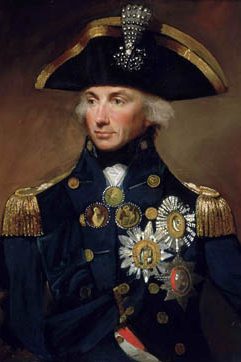
Yet in spite of these physical ills, Nelson was a man of real genius in battle, a brilliant and innovative tactician and superb strategist. It was as if two Nelsons cohabited his wasted frame. Nelson the man’s vanity knew no bounds, but he was also caring, kindly and genuinely concerned with the welfare of his men. Nelson the admiral was bold, ruthless and had an unwavering instinct to go for the enemy’s jugular.
For the next two months or so Nelson played a cat-and-mouse game with Bonaparte, with the former desperately trying to locate and pin down his elusive foe. At first it seemed that luck—or chance—was favoring the French. On May 20 a howling gale dismasted Vanguard. It was touch and go for a time, but the admiral’s storm-tossed squadron made it to Sardinia and safety. By May 27 Vanguard was repaired, and Nelson’s squadron resumed its search.
A French merchant ship was encountered, and its captain pumped for information. It seemed Bonaparte’s armada had already left Toulon—a startling piece of intelligence. But where were they headed? Nelson’s problem was compounded by a lack of frigates. Frigates were the “eyes of the fleet,” swift messengers and scouts, and without them Nelson was blind. It will be recalled that originally Nelson had two frigates, but during the terrible storm they had departed for Gibraltar. It seems the frigate captains, seeing Vanguard dismasted, assumed Nelson would make for Gibraltar to effect repairs. It was, as we have seen, a bad guess, and now Nelson had no scouts.
On June 7 Nelson received welcome reinforcements from St. Vincent, 10 ships of the line and one frigate. Now, should the French be located, Nelson could attack with every hope of success. St. Vincent had included some updated orders along with the reinforcements. Nelson was now told to catch up with the French armada, and do all in his power to “take, sink, burn, or destroy it.”
Missing the French Fleet by Two Days
The possibility of an encounter with a British fleet on the open sea was something that haunted Vice Admiral François Paul, Comte de Brueys d’Aigailliers. Brueys was responsible for the French warships that were escorting the huge convoy, and the last thing he wanted was a sea battle. The French armada was an impressive sight, a stately procession of ships that covered two to four square miles of open water. But Brueys knew there were serious flaws behind the impressive façade.
The French transports were like a large flock of sheep, Brueys’ warships the “shepherd,” and the British fleet a pack of “wolves.” Many of the transports were terribly slow, barely making three knots when even a lumbering first rate like L’Orient could manage six to ten knots. Slow and cumbersome, the transports were incapable of maneuver or flight.
The convoy was too large and unwieldy; the French warships would have their hands full just surviving, much less protecting the transports. Ironically the snaillike pace of the French convoy, coupled with Nelson’s growing impatience, proved Bonaparte’s salvation. Also, Brueys decided to take a roundabout course to Egypt via Crete to further throw the British off the scent.
Meanwhile Nelson was still scouring the Mediterranean for the French. Off Sicily he learned that the French had taken Malta. Nelson polled his captains for their opinions, an unusual method for those days, and the consensus was the French were headed for Alexandria, the port of Egypt.
Nelson agreed, and soon the British fleet was under full sail to Alexandria. They arrived off the coast of Egypt on June 28, only to discover there was no trace of the French. Nelson was nearly beside himself with worry—what would be the consequences for his country if he made the wrong guess? Suppose the French were headed for the Atlantic, then on to Ireland or even England? What then?
The British were on the right track, but had beaten their quarry to Alexandria by two days. Nelson felt he could not linger in the area for too long; the stakes were too high. The admiral ordered the fleet to sail north, hoping to somehow glean information about the French along the way. The British left Alexandria on June 29; if Nelson had just waited another 24 to 48 hours, history would have been changed. The last British vessel to depart, the brig Mutine, left Alexandria only two hours before the leading French ship, the frigate Junon, arrived.
The Battle of the Pyramids
The French armada hove off the coast of Alexandria on July 1. The Junon had been sent ahead of the main convoy, and when she returned it was with a startling piece of intelligence: A British fleet had recently been snooping around the area. Alexandria itself was heavily fortified, and to force a passage into its harbor seemed foolhardy. A storm was brewing, the coastal waters becoming choppy and flecked with whitecaps. Brueys suggested that the French ride out the storm overnight, then land at Aboukir Bay, about 15 miles east of Alexandria. Bonaparte overruled him, declaring,“Admiral, we have no time to lose. Fortune has given me three days; if I do not profit from it, we are lost.” The looming menace of Nelson influenced Bonaparte’s decision.
The French landed at Marabout, about seven miles east of Alexandria. Bonaparte wanted to disembark five thousand men to capture the city from its landward side; the rest of the Armee de l’Orient would stay aboard the storm-tossed ships. Even so, the landing was a rough one, with troop-laden boats fighting desperately to gain the shore. At least 20 French soldiers drowned in the operation, but at last Bonaparte had his strike force assembled by 3 am on July 2.
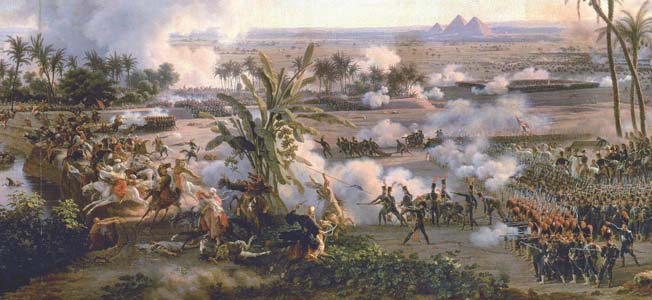
The French took Alexandria with little difficulty and soon the rest of the expedition disembarked in the port itself. Bonaparte then concentrated his attention to the conquest of Egypt. French troops were tortured by thirst and plagued by heat, flies and burning desert sands, but within a few weeks Egypt was secured. On July 25, 1798 Bonaparte smashed a Mamluke host in a battle grandiloquently dubbed “the Battle of the Pyramids.” Mamluke resistance collapsed, Cairo was taken, and the tricolor of the French Republic now flew above the land of the Pharaohs.
Stationing the Fleet at Aboukir Bay
With his task accomplished, Admiral Brueys saw no reason to stay in Egyptian waters. Since the British might return at any moment, Bonaparte wanted the fleet to take shelter in Alexandria’s harbor. On paper the idea made sense, but the British might blockade Alexandria and bottle up the French warships. Brueys wanted to go to Corfu, where he would be admirably placed to pounce on British lines of communication. Bonaparte vetoed that proposal.
Bonaparte wanted his fleet nearby; the ships were his lifeline to France, and would also be on hand to escort future reinforcements. If Brueys had reservations about Alexandria’s harbor, the next best compromise was Aboukir Bay. Brueys agreed to the plan, or at least acquiesced, and moved the French fleet to Aboukir July 7.
Aboukir Bay stretches in a graceful curve some 30 miles long. The Rosetta mouth of the Nile anchors the eastern end of the bay, and the western end is punctuated by a promontory and a small offshore island. The mighty river disgorged tons of silt each year, deposits that collected near the shore to produce hazardous shoals. These were bad enough, but in addition a shoaling sandbank hugged the curve of the bay and created a fourfathom line that was an additional obstacle, because any ship of the line that crossed it risked being run aground.
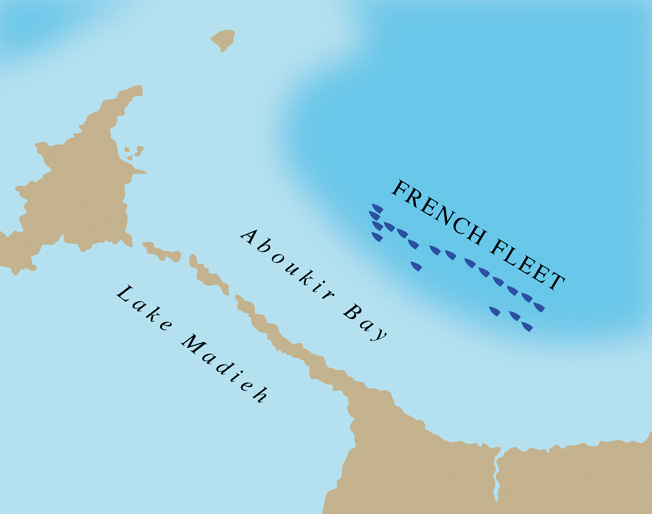
Brueys anchored his 13 ships of the line in a sweeping arc two miles long. The idea was to anchor the ships hard against the shoaling sandbanks and fourfathom line, thus making sure no enemy ships could get on the landward, leeward side of the French fleet. With their landward side thus protected, the French could run out all their guns that faced seaward with perfect confidence. Bruey’s line would be in effect a long floating battery, a wooden wall bristling with some five hundred cannon.
With the French ships at anchor, Brueys ordered the spars be taken down. There was no immediate need for them, and in a battle they might come crashing down on French gun crews. To bolster his defenses Brueys constructed a small battery of four guns on Aboukir Island.
The French fleet at Aboukir was arranged into three major divisions. The van, the contingent nearest Aboukir Island, consisted of Le Guerrier, Le Conquerant, Le Spartiate, L’Aquilon and Le Peuple Souverain, all 74gunners. Brueys placed his heaviest and most formidable ships in the center, which included Le Franklin, 80 guns, the flagship of Rear Admiral Blanquet du Chayla; L’Orient, 124 guns, under Brueys and his chief of staff Rear Admiral HonoreJosephAntoine Ganteaume; and Le Tonnant, 90 guns. The rear contingent included L’Heureuse, Le Timoleon, Le Mercure and Le Genereux, all 74 guns. The flagship of Rear Admiral Pierre Charles Villenueve, Le Guillaume Tell, was also with the rear. Brueys’ four frigates, Seriense, Artimise, Diane and Justice were stationed between the ships of the line and the shoals, silent sentinels bobbing at anchor.
Sighting the French Fleet
The next few weeks were ones of mounting concern over supply problems. Brueys sent shore parties to gather what food they could, while other sailors were set to work digging wells because water was in short supply. Almost 25 men from each ship had to be sent ashore as guards, because local bedouins harassed foraging parties at every turn.
Meanwhile, Nelson finally managed to get the information he was waiting for—the French had indeed sailed to Egypt. Soon the British fleet was bound for Alexandria, crowding sail to assure a swift passage. Nelson arrived off Alexandria August 1, only to find the harbor packed with French transports and the French tricolor flag dancing above the port battlements. Where were the enemy warships?
The British fleet probed eastward, and soon a lookout aboard the Zealous sighted the French anchored at Aboukir. At 2:45 a signal flag was hoisted to inform Nelson of the discovery. The British were now about nine miles away from Aboukir Bay, but the ships were scattered. Zealous and Goliath were the closest to the enemy; the others were in small groups across the Mediterranean.
According to some accounts the British were first sighted by L’Heureuse about 2 pm. Sailing ships were slow by modern standards; the French still had three hours or so before the leading Royal Navy ships would actually arrive. There was time enough for a conference, so Brueys assembled his senior flag officers to discuss options. The French admiral had two choices: he could fight at anchor, taking advantage of the shoals guarding his back, or he could raise sail and meet the British in classic head-to-head fashion.
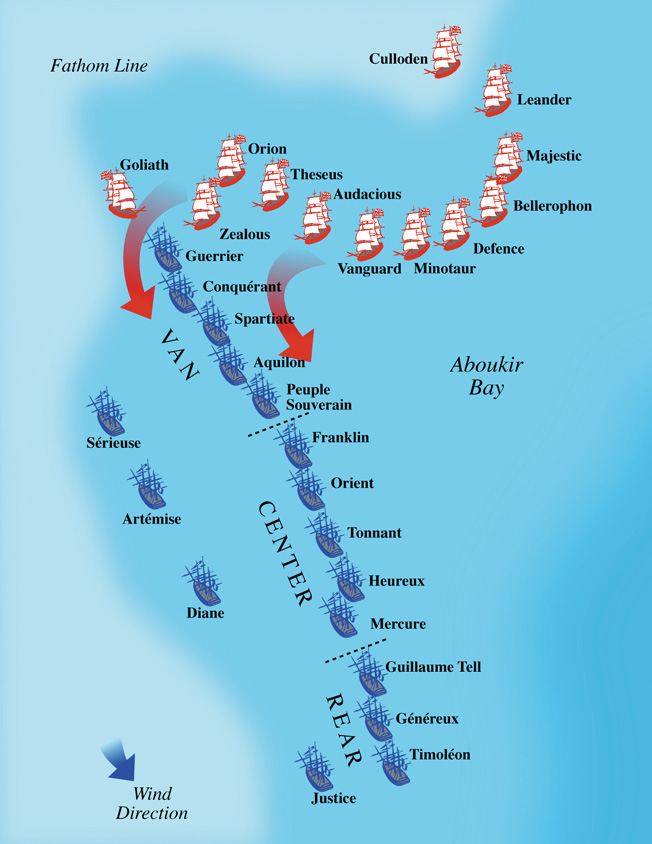
Brueys was unwell, suffering from a bad case of dysentery, and the illness seemed to cloud his judgment. Wracked by indecision as well as stomach pains, he ordered the topsails put up. This was a clear signal he wanted to fight under sail, a notion that was seconded by Admiral Blanquet. Brueys had second thoughts, however, and soon opted to stay at anchor.
Fighting at anchor was based on sound reasoning. For one thing, the British had the wind in their favor, a crisp breeze that was blowing in a southeasterly direction into the bay. It would be next to impossible for the French to get underway. Then, too, the French ships were seriously undermanned at the best of times, and thousands of sailors were still ashore with foraging parties. As it happened, not all personnel obeyed Bruey’s command to return to the ships.
The French were also lacking in training and experience. Many of the French sailors were conscripted fishermen and merchant seamen, illtrained for a battle at sea. But above all the French ships were so undermanned there was not enough personnel to simultaneously work the guns and the sails. The French had to stay at anchor.
The Goliath‘s Leeward-Side Attack
The British ships became a hive of feverish activity. Red-coated marine drummers beat to quarters, a throbbing tattoo that galvanized the men and sent them scurrying to their battle stations. The cannon were loaded and run out, gun ports raised to allow their stubby black muzzles to protrude from the sides of the ships. The ships’ hulls, once sleek and graceful, now sprouted cannon like a porcupine’s quills.
Cannon came in many sizes, but the standard gun was the 32-pounder, so named for the weight of the projectile it fired. A 32-pounder cannon weighed almost three tons, and could shoot a heavy iron ball in excess of one-and-a-half miles. At half that range, a 32pound cannonball could penetrate two-and-a-half feet of solid oak.
Captain Thomas Foley of the Goliath was about to show what the Royal Navy could do. As Goliath nosed toward the entrance of Aboukir Bay, Foley was poring over a 20-year-old atlas he had in his possession. The burly captain peered ahead, consulted the atlas, then realized the French had made a major miscalculation. The French ships of the line were anchored at the bow only, not at both the bow and the stern. This allowed them to swing at anchor closer to the shoals. If the French could swing so freely, there must be enough deep water for a ship of the line to sail in the narrow passage between the shoals and the French landward-facing, leeward sides.
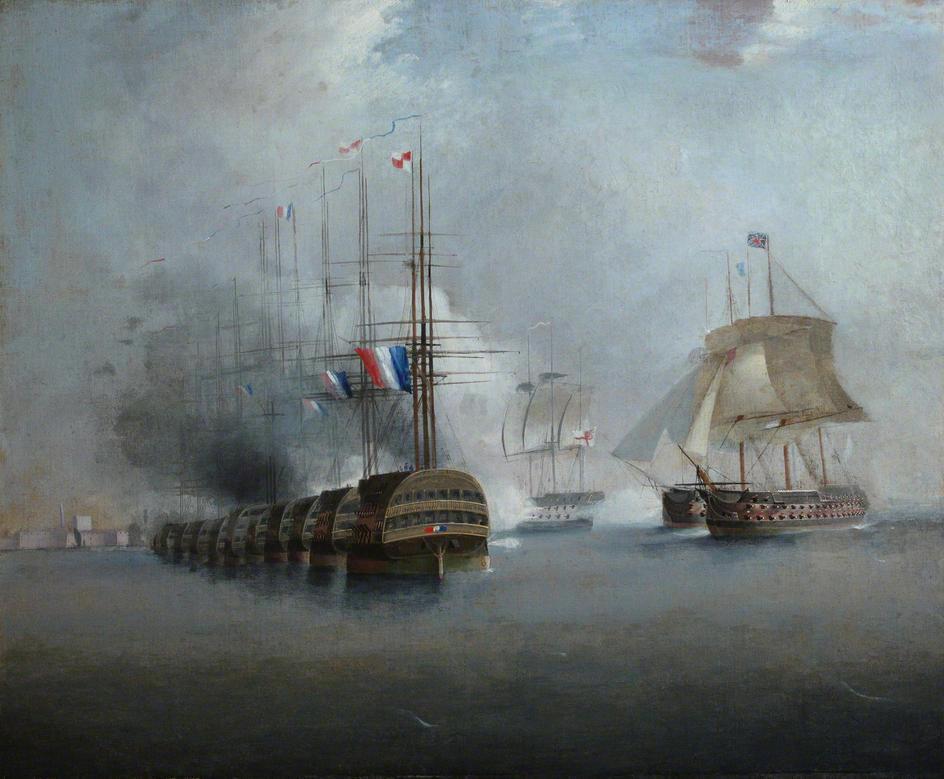
It was a revelation, and a key to victory. If the British could get on both sides of the French ships, they would be subjected to a murderous crossfire. Nothing ventured, nothing gained. So Foley took the plunge and squeezed his ship past the shoals and Le Guerrier, the leading French ship of the van. The small French battery on Aboukir Island fired a few rounds, but they fell short. Goliath swept past Le Guerrier’s bow, and while doing so unleashed a devastating broadside. A broadside taken at the bow was the most feared, since shot could sweep the entire length of a ship from stem to stern.
Shaken and bloodied, Le Guerrier had to literally scramble to mount a defense. Captain Trulet, Le Guerrier’s master, had stacked piles of crates and other gear on the ship’s landward side, not expecting to be attacked from that direction. French sailors were frantically clawing through the crates in an effort to clear for action when a second broadside ripped into Le Guerrier. A man could be decapitated, disemboweled, or lose a limb if he was in the direct flight path of a cannonball, but even a near miss could produce a lethal shower of splinters when the shot hit wood.
The second British broadside produced an iron hail that ripped through Le Guerrier’s sides and pulverized the crates into kindling, thus doubling the clouds of flying splinters. Within minutes most of Le Guerrier’s gun crews were dead or wounded. Captain Foley originally wanted to anchor next to Le Guerrier to continue the punishment, but he laid his anchor cable too far and found himself beside Le Conquerant, the second ship in the French van. No matter; one target was as good as another, and Goliath began pounding away at Le Conquerant without delay.
Following the Goliath
Other British ships followed Goliath into the narrow waters between the shoals and the leeward of the French line. Zealous, the next ship to follow Goliath, was captained by Samuel Hood. Following Goliath into the abyss was an act of faith as well as of courage, because Hood lacked reliable charts. Hood accepted the challenge, but later admitted: “I expected Goliath and Zealous to stick on the shoal every moment.”
Audcious, Orion and Theseus followed Goliath and Zealous; there was now every chance of a major British victory. Earlier, Admiral Nelson had also realized there was enough water on the leeward side of the French line and had heartily approved of Foley’s actions. Nelson had been nursing a terrible toothache, but soon forgot the discomfort in the excitement of the coming battle. To complete the envelopment of the French ships Nelson led an attack on their seaward side, his flagship Vanguard edging up to Le Spartiate to begin a brutal duel that would last far into the night.
Le Guerrier had taken the most punishment thus far, but her ordeal was not yet over.
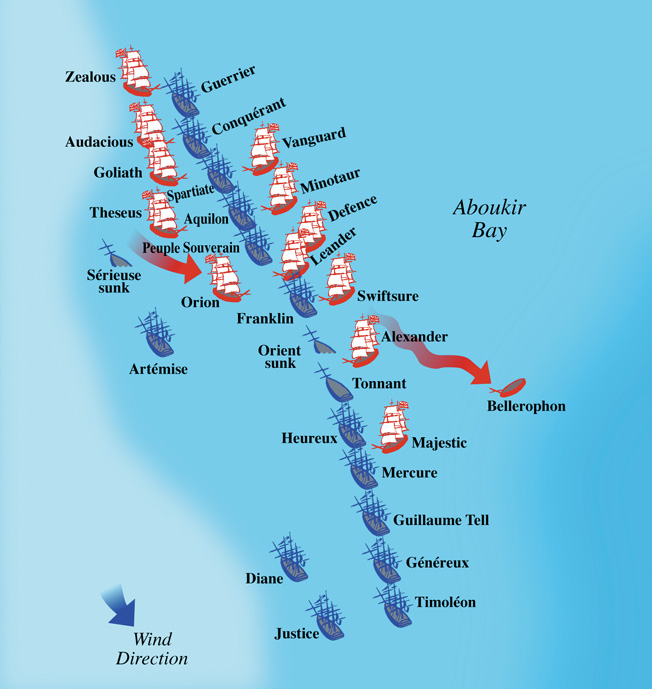
Zealous anchored right alongside, then started to pump a steady barrage of cannonballs into her already peppered hull. Theseus gave Le Guerrier a salvo that toppled her main and mizzen mast, then sailed over to attack Le Spartiate, the third ship in the French van. The luckless Le Spartiate had the dubious distinction of being the first French ship to be attacked on both sides, fatally sandwiched between both the Theseus and the Vanguard. Orion, one of the other ships that joined Goliath on the leeward side, anchored on the quarter of Le Peuple Souverain and the bow of Le Franklin.
One of the French frigates, La Serieuse, tried to come to the aid of her bigger sisters by attacking the much larger Goliath. This was more than foolhardy; it was a breech of battle etiquette, and La Serieuse paid the penalty for her rashness. Captain Foley was outraged by such impertinence, and quickly ordered, “Sink that brute!” Goliath sent a thundering broadside into the French frigate, and some accounts say Zealous joined in. La Serieuse was not merely damaged, she was pulverized, her shotriddled hull letting in water like a sieve. The ship sank almost at once, her crew scrambling up its rigging to seek safety in the masts as she settled in the shoals.
The Height of the Battle of the Nile
It was now the turn of the British to absorb some punishment. The towering L’Orient was ready for action, and Brueys had seen to it that her guns were doubleshotted—that is, they were loaded with not one but two cannonballs each. In the meantime, gunsmoke began to appear, drifting skeins that floated over the water in dirty clouds that obscured friend and foe alike. Besides, night was falling. The gathering darkness and the growing gunsmoke clouds further reduced visibility and gave meaning to the phrase “fog of war.” In all this, Bellerophon lost her bearings, and then the gunsmoke parted to reveal a terrifying sight: the looming bulk of L’Orient was just beyond.
The French flagship’s cannon suddenly erupted with a mighty roar, their muzzles recoiling in gouts of flame and smoke as they launched a halfton of metal into the air. Bellerophon was not merely damaged, she was pulverized, and two hundred of her crew were dead and wounded. The plucky 74 fought back, but it soon was reduced to a mastless hulk that drifted powerless from the scene.
A little past 8 o’clock three more British ships joined the action, Alexander, Swiftsure and Leander. A fourth British ship, Culloden, had the frustrating experience of running aground in the shoals and having to sit out the whole battle. But at least the ship served as a kind of signal marker to show other ships where shoals were located.
The Battle of the Nile was now at its height, the two fleets like giants locked in a titanic struggle. The muzzle flashes of hundreds of cannon speckled the bay, momentarily illuminating ships for a few seconds, and the sounds of heavy firing echoed across the darkened waters like rumbling peals of thunder.
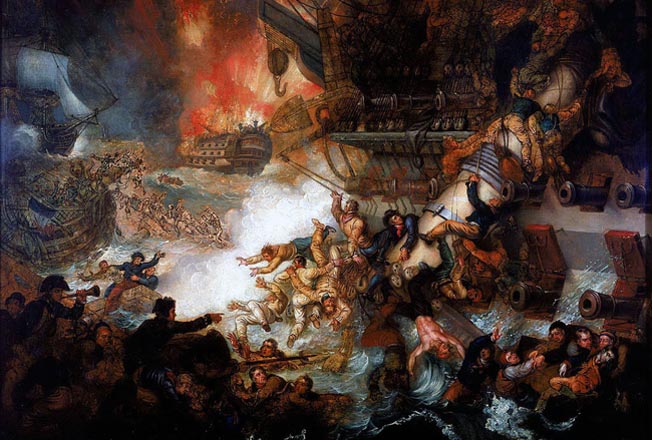
In a sense the Battle of the Nile was composed of not one battle but twenty or more interconnected clashes. Once night fell each ship had little sense of what was going on beyond its immediate vicinity. The lower gun decks of each vessel must have been particularly hellish, where scrambling crews served monster cannon in low, darkened passageways that reeked of sweat, powder and blood. 32-pounders crashed and roared all along the gun deck, an unending chorus of destruction, the blasts so severe gunners’ ears could bleed from concussion. Sailors didn’t need a preacher to tell them about hell; they were experiencing a hell on earth more terrifying than any sermon.
Explosion on L’Orient
L’Orient was the anchor of the French defense and her very size and obvious importance made it a tempting target. The Swiftsure anchored near L’Orient’s bow and Alexander took a place abaft, where it was in a good position to fire into the stern. The sterns of first rates were magnificent creations, with rows of windows all carved and decorated with gilded wood. Yet there was a price to be paid for this magnificence, because there were few cannon in the stern.
L’Orient became a magnet for every British ship that could bring its guns to bear. Whistling cannonballs peppered its hull and smashed its upper decks, and water geysered all round from near misses. A small fire started inside one of the French flagship’s luxurious stern cabins, ignited by a shot from the Alexander. Normally regular cannon shot would not be so incendiary, but there had been paints stored in the stern—crew-members had been in the process of painting the great hull when the British appeared.
The massive French flagship was reeling under a hurricane of shot, and soon many of its guns were smashed and its gun crews dead and wounded. Brueys, already wounded in the forehead, was becoming concerned about the spread of the fires when a cannonball from the Swiftsure swept his quarterdeck and tore off both his legs. According to some accounts he ordered a chair, had himself placed in it, then had tourniquets placed on the bloody stumps. “A French Admiral,” he coolly explained, “should die on his quarterdeck.” The fires were spreading, joining together to form a raging inferno that threatened to consume the entire ship.
Brueys succumbed, and his death seemed to signal the beginning of the end for the great warship. Fires were everywhere, beacon lights for every British ship. According to one account, five British ships—Swiftsure, Alexander, Defense, Goliath and Leander— were now firing on the stricken behemoth.
Once the fire reached L’Orient’s magazines the ship would be destroyed in the resulting explosion. Seeing its fate, British and French ships tried to move away from the blazing flagship; Le Tonnant, Le Heureuse and Le Mercure cut their cables. The Alexander did likewise; it would have taken an hour to haul up the anchor.
As surviving senior officer, Admiral Ganteaume ordered an “abandon ship.” Sailors dived into the sea where British boats later picked them up. Even so, only 60 of L’Orient’s complement of 1,100 survived the ordeal. Sometime around 10 pm the giant flagship exploded, ripped apart by a huge fireball that shot flame, smoke and debris of every description hundreds of feet into the air. Ash, wood debris and bits of human flesh cascaded down on nearby ships like an unnatural rain.
Putting Up a Hard Fight
The fighting stopped for 10 or 15 minutes after L’Orient blew up. It was as if the very magnitude of the explosion had rendered the combatants dumbstruck. Firing began again finally, and continued though the night, but by dawn all was silent. With the coming of morning the desert sun revealed a scene of extraordinary carnage. Spars and other wreckage littered the bay, and hundreds of scorched and bloody corpses bobbed in the waters.
The six leading ships of the French fleet had struck their colors and surrendered. In spite of the odds against them, the French had fought with tenacity and courage. Le Spartiate, for example, had been sandwiched between Nelson’s Vanguard and Theseus. By the time she hauled down her flag she was a battered wreck with two masts down and her hull riddled with holes. Vanguard had put 49 holes in her starboard hull, Theseus 27 to larboard. Yet Le Spartiate had given a good account of herself, even wounding Nelson in the head with a piece of langrange, a kind of shrapnel.
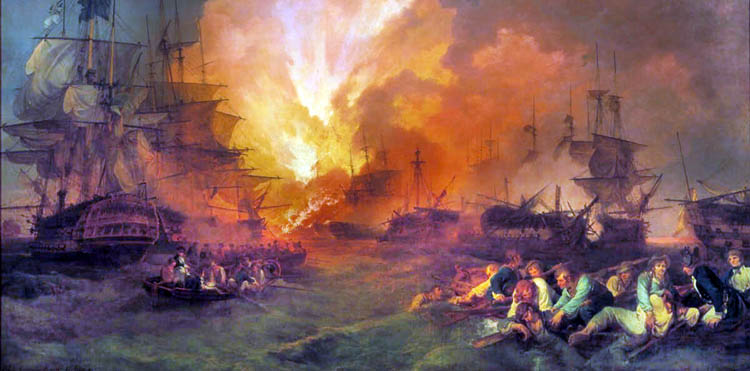
Other French ships met varying fates. Le Tonnant was grounded about a mile away from its original position, having cut her cable to escape the flagship’s explosion. Le Hereuse and Le Mercure were similarly grounded. Le Franklin, named after America’s Benjamin Franklin, held out until nearly all her guns were wrecked and twothirds of her crew were dead or wounded. Le Tonnant, 80 guns, was a battered, dismasted hulk that held out for three days before capitulating.
The Army of the Orient Trapped
The French rear was still untouched. Rear Admiral Pierre-Charles Villeneuve aboard Le Guillaume Tell decided to escape with what he could. Villenueve was no coward, but the British victory was so overwhelming there was little he could do. Le Guillaume Tell and Le Genereux cut their cables and made good their escape along with frigates La Diane and La Justice. Another French ship of the line, Le Timoleon, was dismasted and could not escape. Her master captain Trulet finally had her burned rather than be taken by the enemy.
The Battle of the Nile was the most complete naval victory of the 18th century. As Nelson himself remarked, “Victory is not a name strong enough for such a scene.” British casualties were 218 killed and 677 wounded, many of them from the Vanguard and dismasted Bellerophon. French losses were catastrophic, some 1,700 dead and 1,500 wounded. A further 3,200 became prisoners, but most were soon released because Nelson did not have the resources to feed them.
The Armee de l’Orient was marooned in Egypt, cut off from reinforcements and supplies from France. Bonaparte was shocked when he first heard news of the disaster. “So this is the end of my navy,” he was heard to muse. “Can it be that I am fated to perish in Egypt?” But he soon recovered his spirits, and issued a proclamation to his homesick men: “The sea, of which we are no longer master, separates us from our homeland, but no sea separates us from either Africa or Asia.” This was propaganda, however, the last gasp of an Indian fantasy that was beyond resuscitation.
Nelson’s triumph at the Nile helped form a Second Coalition against France that was composed of Britain, Turkey, Naples, Russia and Austria. Bonaparte would eventually return to France and make himself First Consul and later Emperor. He never liked to admit French defeat, but in a candid moment he once remarked, “The name of Aboukir was detested by every Frenchman.”
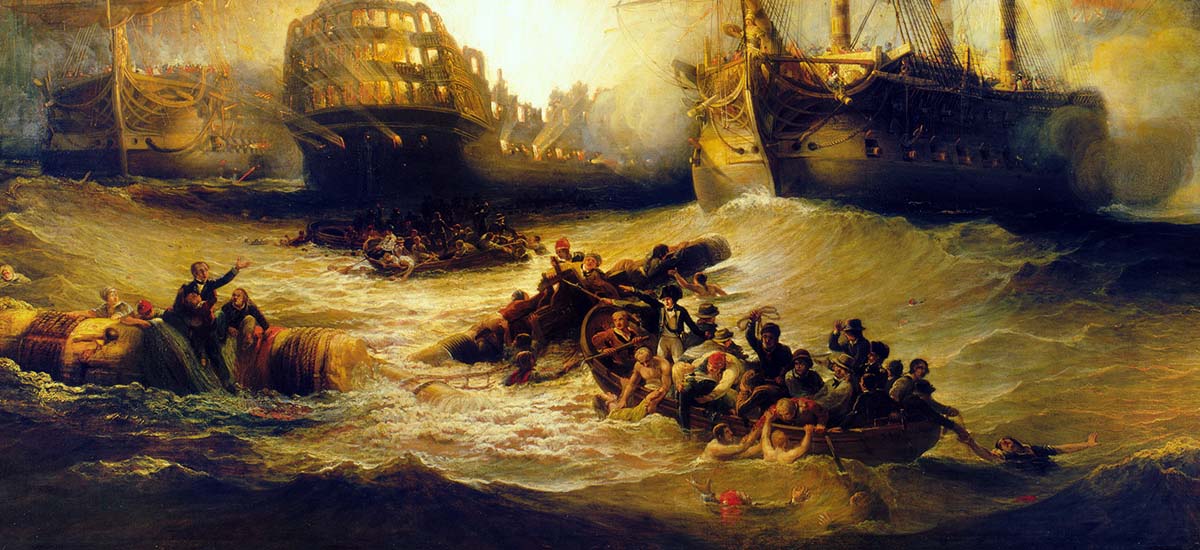

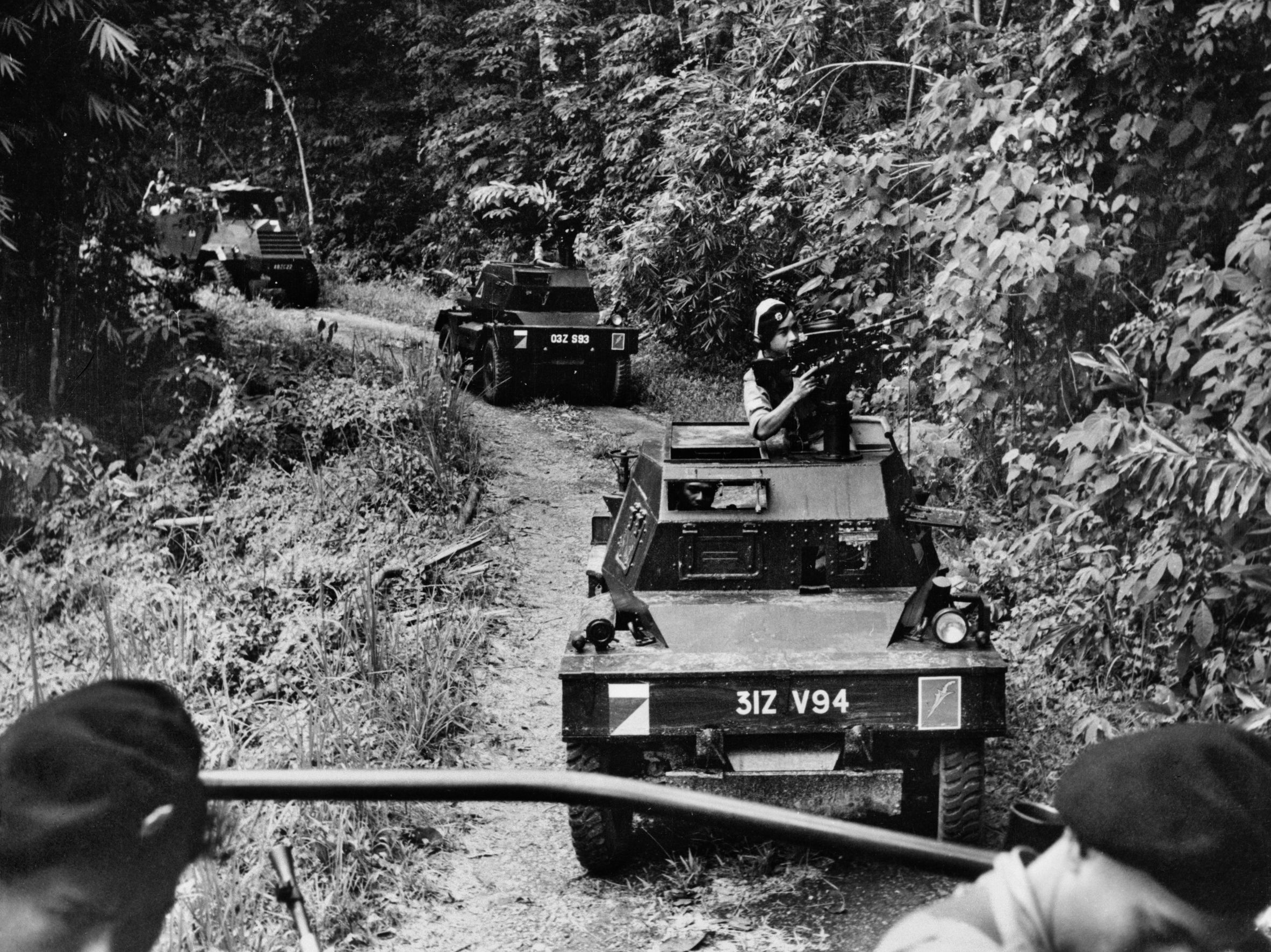
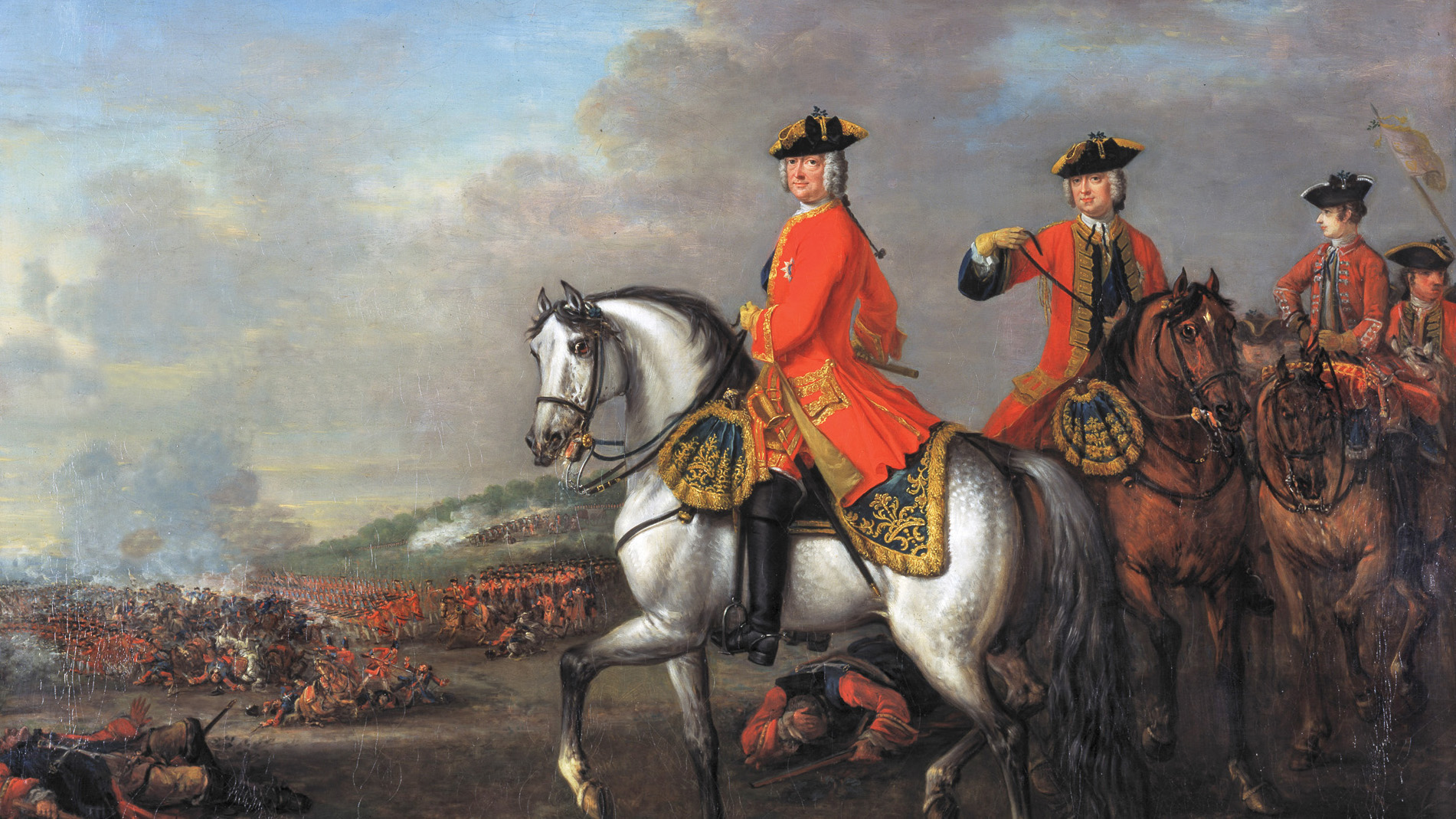
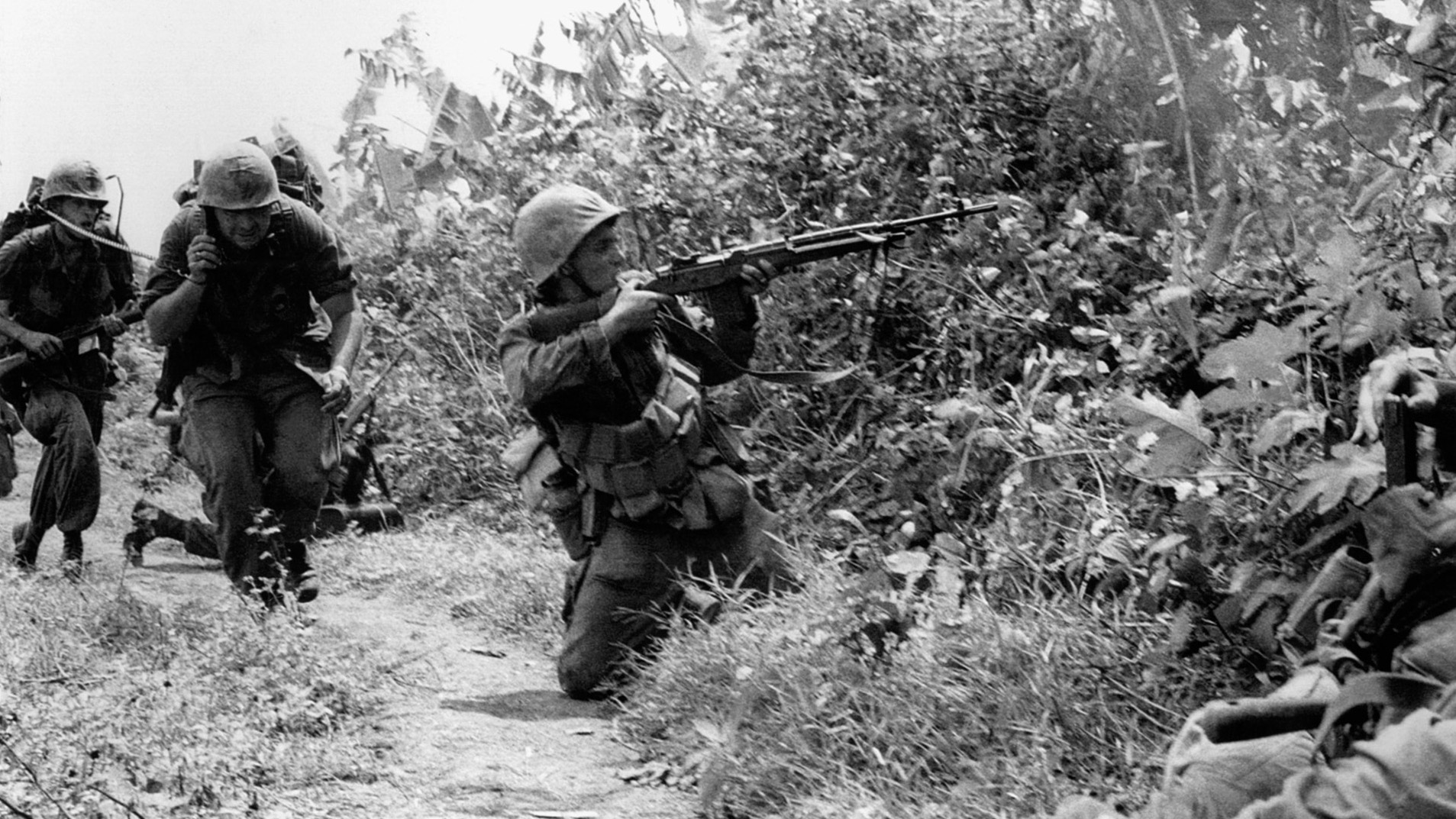
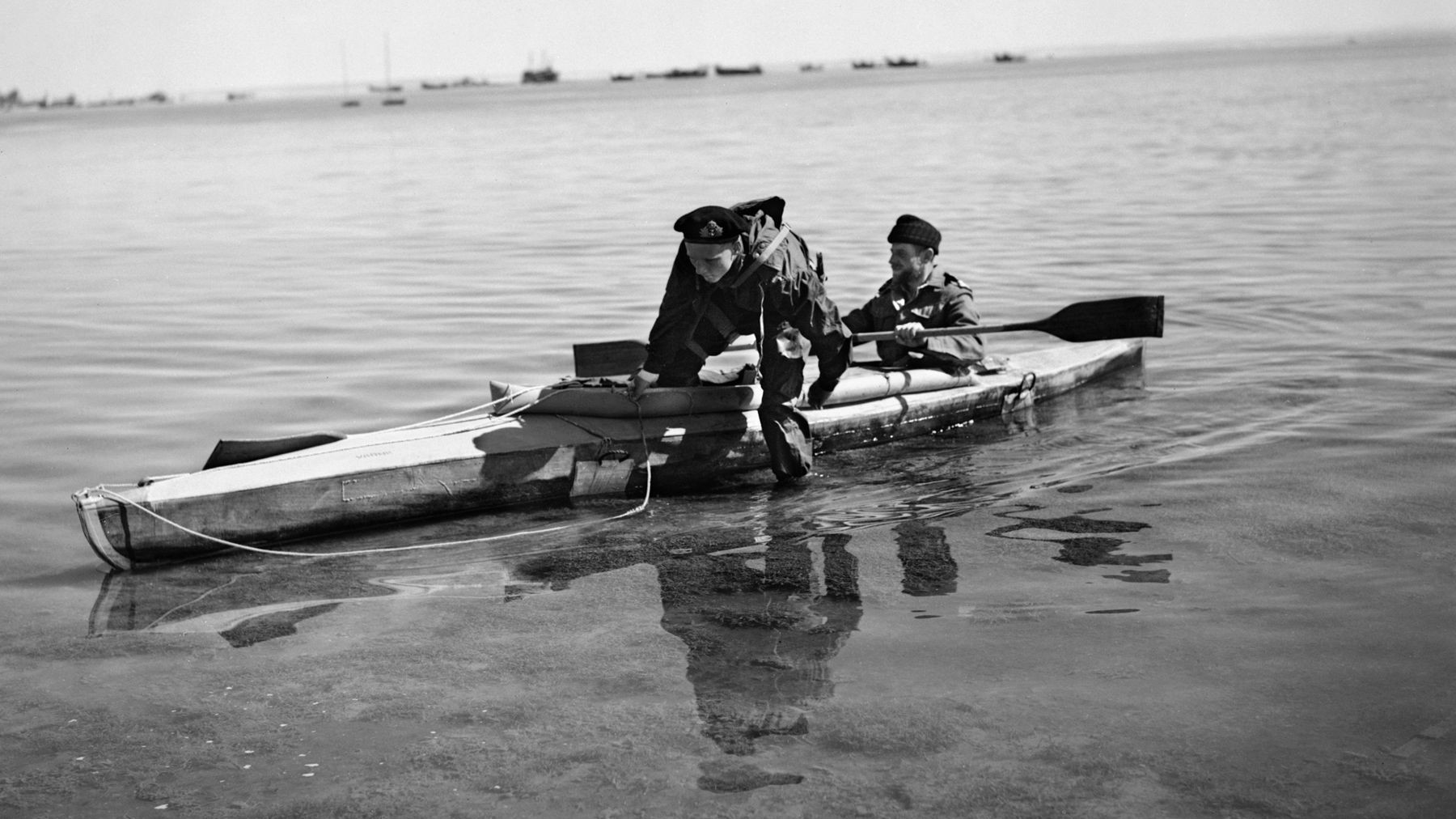
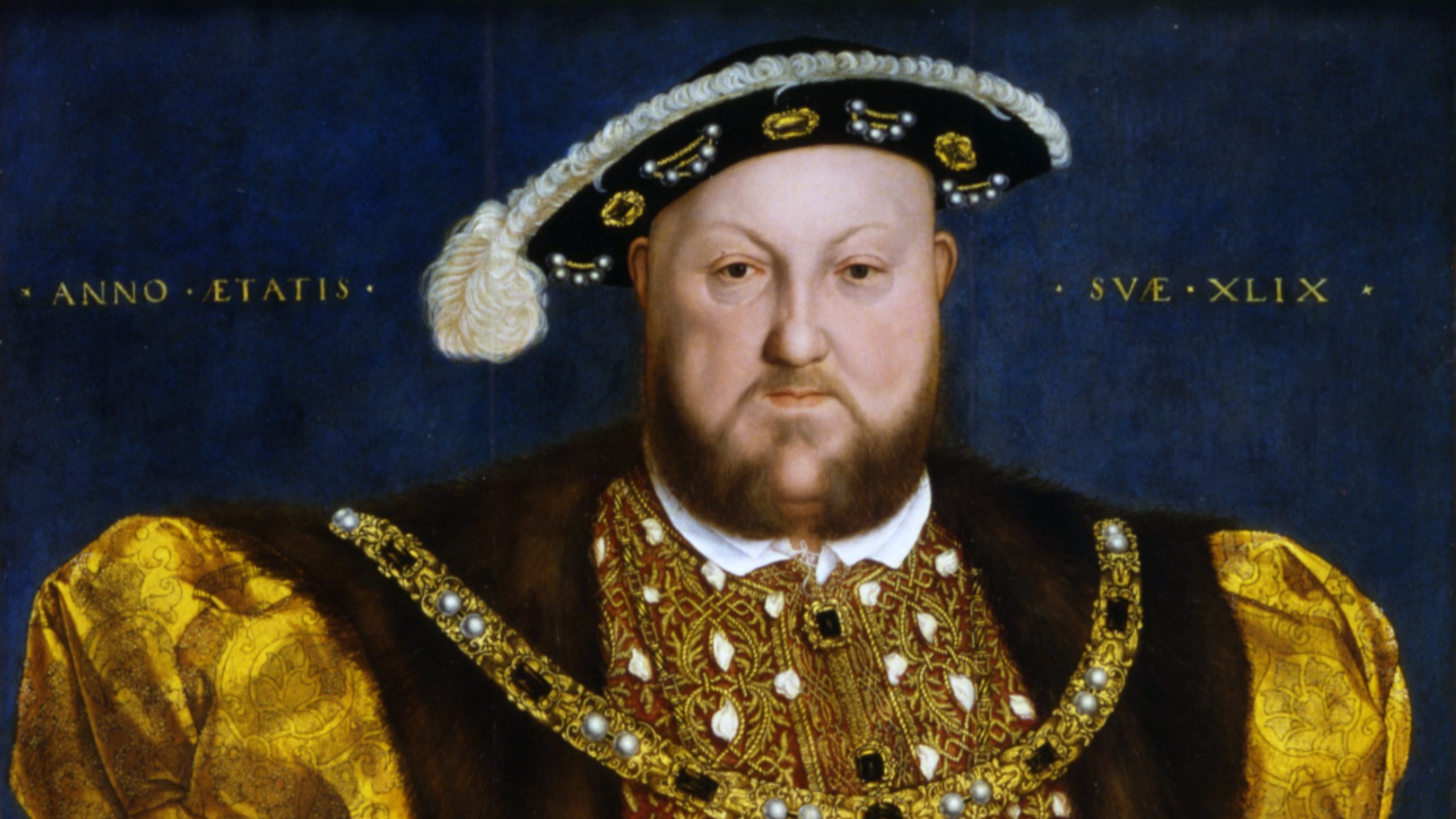
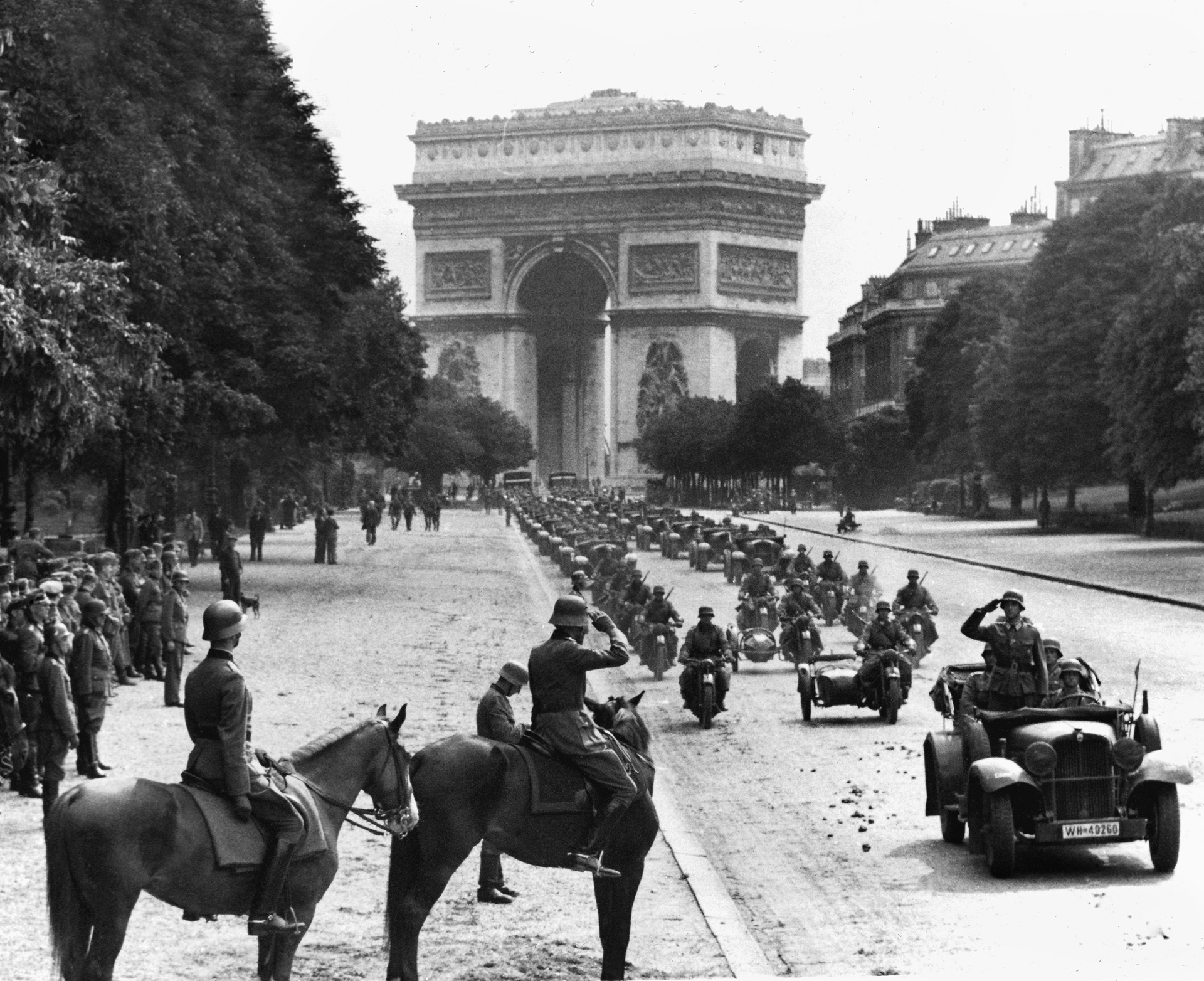
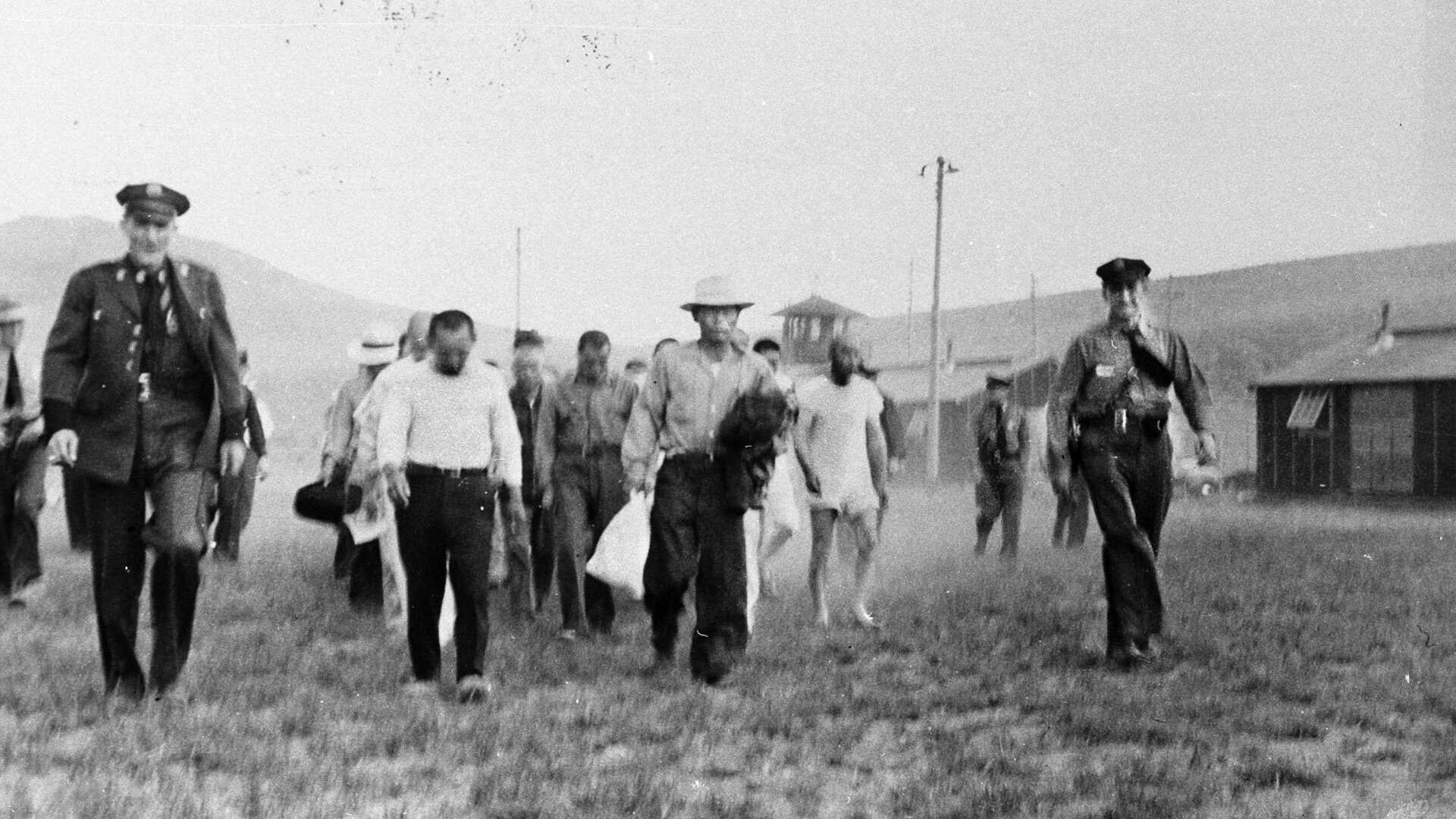
Join The Conversation
Comments
View All Comments